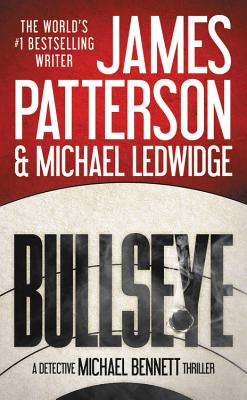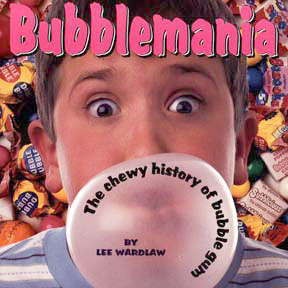

Boston: Pearson Education Limited, 2012.ĭewi, Novita.

Educational Research: Planning, Conducting, and Evaluating Quantitative and Qualitative Research (Fourth Edition).

Cambridge: Cambridge University Press, 1994.Ĭreswell, J. Literature in the Language Classroom: A Resource Book of Ideas and Activities. Vermont: Pro Lingua Associates, 2004.Ĭollie, Joanne, and Stephen Slater. Donnelley & Son Company, 2012.Ĭlark, Raymond C., and Robert MacLean. “EIL Curriculum Development.” In Principles and Practices for Teaching English as an International Language, edited by Lubna Alsagoff, Sandra Lee Mckay, Guangwei Hu, and Willy A Renandya, New York: R.R. Tokyo: Tuttle Publishing, 2013.īrown, James Dean. “Islamic Literature between Theory and Practice.” Intellectual Discourse 1, No. “Rise of Islamic Literature between Fact and Fiction.” Journal of Language Teaching and Research 7, No. Bandung: PT Remaja Rosdakarya, 2014.Īreqi, Rashad Mohammed Moqbel Al. Islam, Culture, and Education: Essays on Contemporary Indonesia. “Islamic Literature: A Study of the Concept.” The Echo: A Journal of Humanities & Social Science II, no. “Universality towards a New Theory of Islamic Literature.” European Journal of Research and Reflection in Arts and Humanities 3, no.

The output of the proposed model, abridged and unabridged texts of the Islamic literature, can be utilized to teach vocabulary, grammar, the four basic skills of language, and Islamic values.Ībukhudairi, Arif Karkhi. Not only does the proposed model strengthen the position of Islamic literature, but it also integrates the Islamic literature into English language teaching so that it could reach both fluent readers and beginning readers. As to deal with the above findings, this study proposes a conceptual model consisting of input, process, and output elements. Following a library research method, with the corpus consisting of fourteen stories and one poem derived from fifteen books, the findings of this study show that: most works of Islamic literature are designed for fluent readers the presentation of Islamic literature is dominated by Middle East and Western writers and the Western writers are not always sensitive to the symbols glorified by Muslim English learners in Indonesia. This article presents the portrayal of Islamic literature in English language teaching (ELT) study area and offers a possible conceptual model of integrating Islamic literature into ELT. The emerging interest in using literature to teach English has not yet highlighted the significance of Islamic literature within Indonesian educational context.


 0 kommentar(er)
0 kommentar(er)
